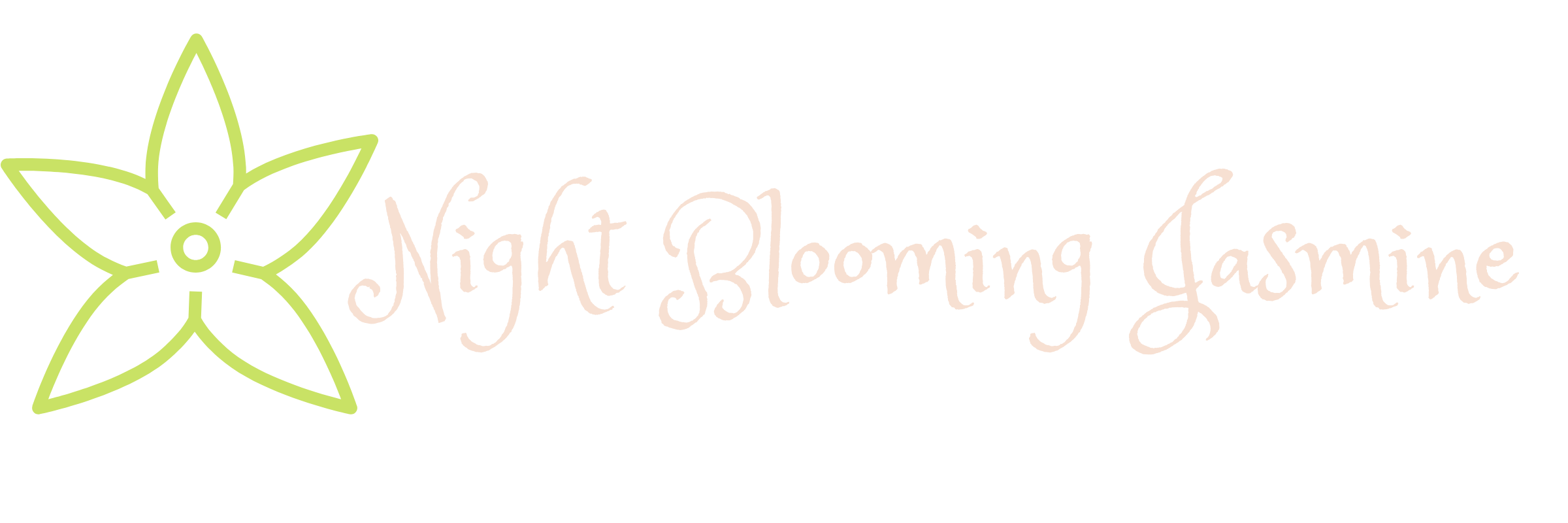In Leviticus 16, God outlines a ritual for the Day of Atonement. It is a complicated ritual steeped in symbolism. One interesting bit of that symbolism is about the two goat kids that are brought to the door of the tabernacle.
Two young goats more or less equal were to be selected from the flocks of goats and brought to the door of the tabernacle. There the priest would cast lots between the two. The lots would determine the role each would play in the atonement ritual.
One would be sacrificed on the altar and it’s blood would enter the tabernacle and be sprinkled on the mercy seat and before the mercy seat and on the altar. This would cleanse this holy space of the sin of the people and served as an invitation from the people for God to draw near.
Then the priest would place his hands on the head of the living goat kid, transferring the sins of the people on to this one, the scapegoat. Then the scapegoat would be led out into the wilderness and left there. Presumably this was a death sentence as well. These goats are just kids, and they’ve been raised domestically. So probably most did not survive their first night alone in the wilderness. But before they died, they carried the sin and rebellion of the people out of the camp, away from human habitation, ritualistically removing its presence and influence on them.
It occurs to me that this picture of two young ones with the hand of destiny and death on them is a common motif in scripture.
God promised Eve that a Seed, a Son, would come that would atone for what she and Adam had done. Which son would it be?
Cain seemed promising at first, or maybe Abel. He was after all the one whose offering was acceptable. Well, Cain takes the role of priest and chooses Abel to give his blood to redeem the space, then God puts His hand on Cain’s head and sends him into the wilderness.
Did it work? No, Abel’s blood calls for justice! Not restoration and peace. And Cain did carry Pride and Violence into an uninhabited place, but it just proliferated there until God’s judgment had to come. No freedom and peace yet.
Abraham had two sons. The firstborn he exiles into the wilderness. There Hagar sets him to rest under a bush, and moves away so as not to see him die.
The other Abraham takes to a mountain and lays on an altar, as an offering to the Lord. The promise of Eve is still out there, waiting for fulfillment. God has said that through Isaac the world will be blessed, is this what He meant? Are these two sons meant to atone for our sin for all time?
No, God rescues Ishmael and promises him a hope and a future, though violence and contention will dwell in his house. He is just a symbol, not the Truth.
And God sends a Ram to replace Isaac as well, and promises Abraham that He will fulfill His promise to Eve Himself through a descendant of Abraham.
It is important to note that Ishmael was placed under a bush, and the ram that replaces Isaac was drawn from a thicket. It’s horns caught in the bush. I think these little details are meant to link these two brothers and the roles of these two goats in our imagination for they are in fact one Son and one death. The ram is in fact the only death in both these scenes.
Jesus is the Firstborn. He predates us infinitely, having existed with God before the foundation of the world. And as the Firstborn, He is exiled from the Father’s presence with the expressed task of carrying away our sin.
Jesus is the 2nd Adam, humanities Second Son. As the Second, He comes to the temple as a Man, is threshed on the threshing floor of Arauna, His blood sprinkled widely on a holy space, as an invitation for God to draw near to us again.
Out of these two roles, and His one death, He has forged a new covenant with God and Man. One in which both Signatories, Son of God and Son of Man, are Holy and without the capacity to lie or break the oath. It is a union that will never fade or be dissolved. It is the Love of God made visible to mankind!

